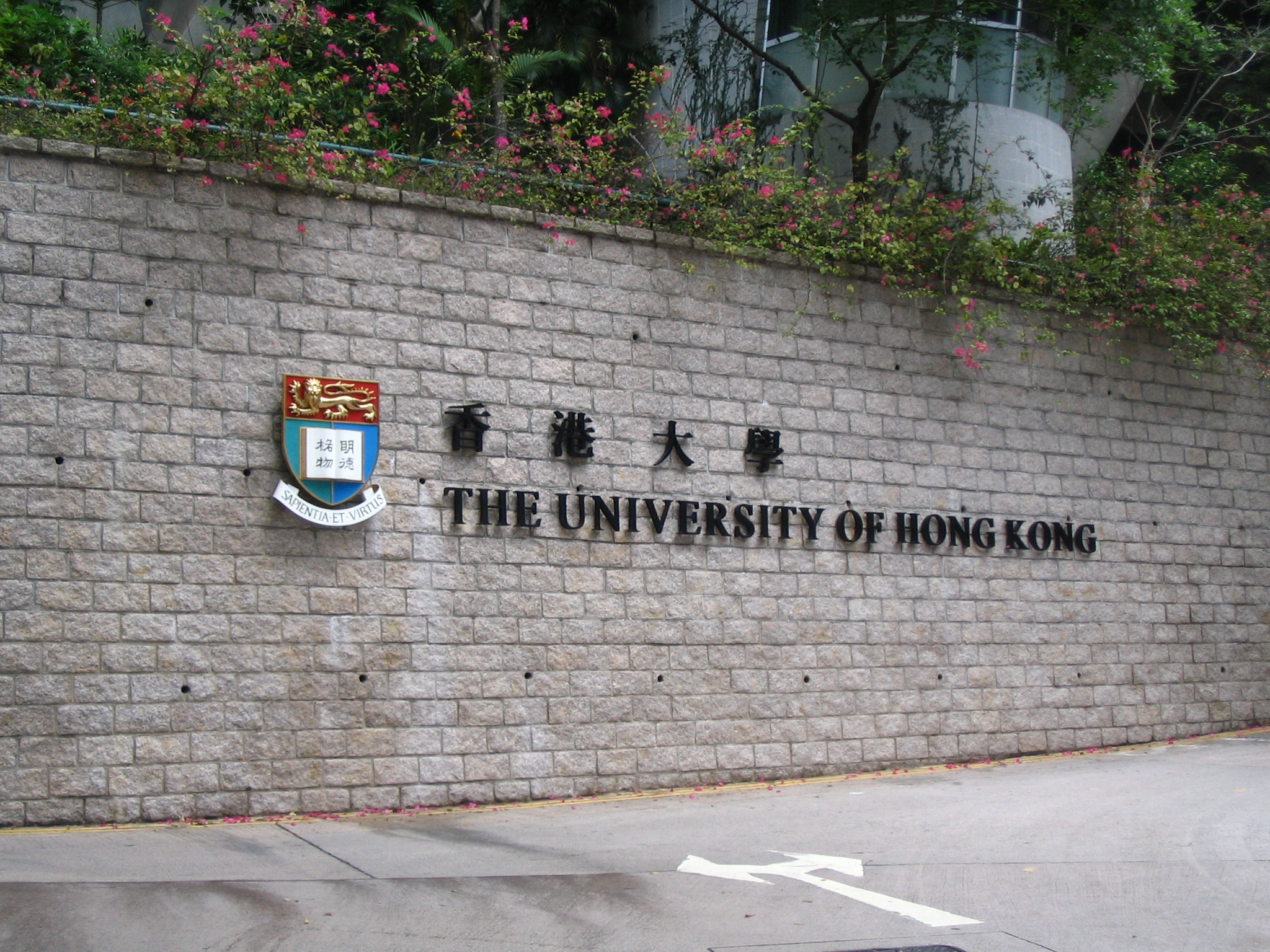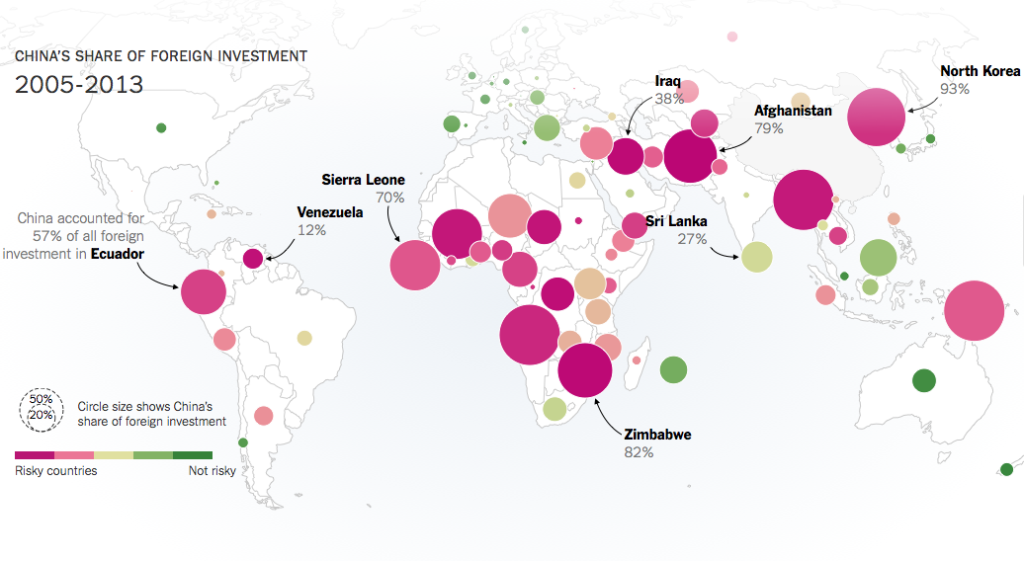There’s word coming out of Cambodia’s ministry of education that a state-run loan program is set to launch to help poor students afford university. Most universities in Cambodia are private, for-profit (but, oddly enough, tax-exempt) companies (67 out of 110 institutions of higher education are private) that charge student fees, and most of the students who attend the 43 public universities pay fees as well. Only a small — and declining—percentage of students receive scholarships to attend university from the government. With limited government support to higher education, most universities require as many fee-paying students as possible simply to stay solvent. Since most families can’t afford education costs, however, access to loans becomes the only way to keep the higher education industry afloat.
But why would a family take out a loan to afford (higher) education? For staters, loans already occur either through private banks or through the black market in order for many families to afford the various costs to education at all levels. Second, there is a belief that obtaining a degree from a university will guarantee a job in the future. The child in the Phnom Penh Post article that reported this loan program stated, for instance, “I hope I can benefit from this program. I want to study at university to get a job afterwards.” This is a common refrain: Education equals employment.
But scratch the surface just slightly, and the belief that a degree will automatically turn into a job turns out to be a charade. Most jobs in the Cambodian economy do not need a university degree. What I fear will happen, therefore, is that this new loan program will create more private debt for poor households, perpetuate low-quality higher education (because the business model of the system will be propped up by a national loan program), and expand the false pretense that human capital theory is “best” way to understand the value of education.
When details of this program are announced by the ministry, I’m interested in learning how the loans will be structured and administered. Are these government-backed loans? Meaning, will the public be on the hook for the loans when students default? Because students will default — just look at America’s experience with for-profit colleges.
More broadly, I wonder if we are seeing the expansion of an education bubble in Cambodia through the transfer of payment for education from international donors and organizations to Cambodian families. There’s only one way this ends: the bubble bursts.




